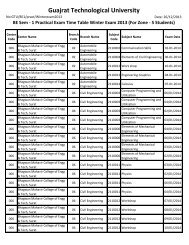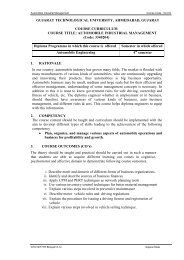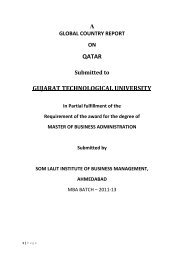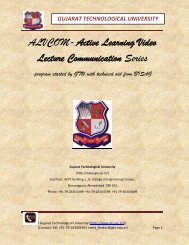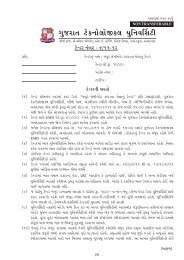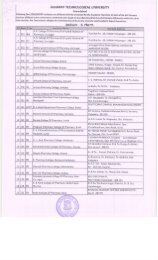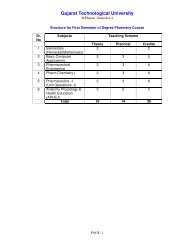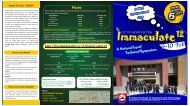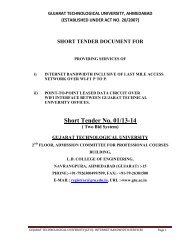751-Sabar Institute Of Management, Tajpur - Gujarat Technological ...
751-Sabar Institute Of Management, Tajpur - Gujarat Technological ...
751-Sabar Institute Of Management, Tajpur - Gujarat Technological ...
Create successful ePaper yourself
Turn your PDF publications into a flip-book with our unique Google optimized e-Paper software.
2.3 Social Environment<br />
High Human Development Index ranking 9 th in the world 2011<br />
<br />
Strong healthcare and education expenditure<br />
Increasing labor productivity (1.6% growth in 2011)<br />
<br />
<br />
Inadequately educated workforce as problematic factor for doing business according to<br />
GCR (2012)<br />
Overall lacking behind in higher education and training compared to other advanced<br />
economies (ranked 28 th according to WEF, 2012)<br />
Aging and decreasing population (2011: 31.1% of the population between age of 40-60;<br />
26.6% above 60)<br />
<br />
<br />
Growing social divide (considerable number of working poor)<br />
Ethnic discrimination (pointed out by UN Committee on Economic, Social and Cultural<br />
Rights)<br />
Germany has about 82 million inhabitants. It is by far the largest country in the EU in terms of<br />
population. Germany is a modern, cosmopolitan country. Its society is shaped by a plurality of<br />
life styles and truly different ethno-cultural diversity. Forms of coexistence have become more<br />
varied, and the scope individuals enjoy has become greater. Here we have such factors which<br />
elaborate the social environment of the Germany is as under. Germany has an elaborate network<br />
of social security systems (pension, health, healthcare and unemployment insurance), financed in<br />
equal measure by employees and employers alike almost all the German population is covered<br />
by health insurance. With spending on health totalling 10.4% (of the GDP) Germany is above the<br />
OECD average of 8.9%. It is by far the largest country in the EU in terms of population.<br />
Germany is a modern, cosmopolitan country. Its society is shaped by a plurality of life styles and<br />
truly different ethno-cultural diversity. Forms of coexistence have become more varied, and the<br />
scope individuals enjoy has become greater. Traditional gender roles have been dispensed with.<br />
Despite the social chang- es, the family remains the most important social reference unit and<br />
young people have very close bonds with their parents.<br />
Language<br />
German is used as the official language of Germany and of Austria. Historically, German falls<br />
into three main periods: Old German (c. 750-c. 1050); Middle German (c.1050- c.1500); and<br />
Modern German (c.1500 to the present).<br />
17



